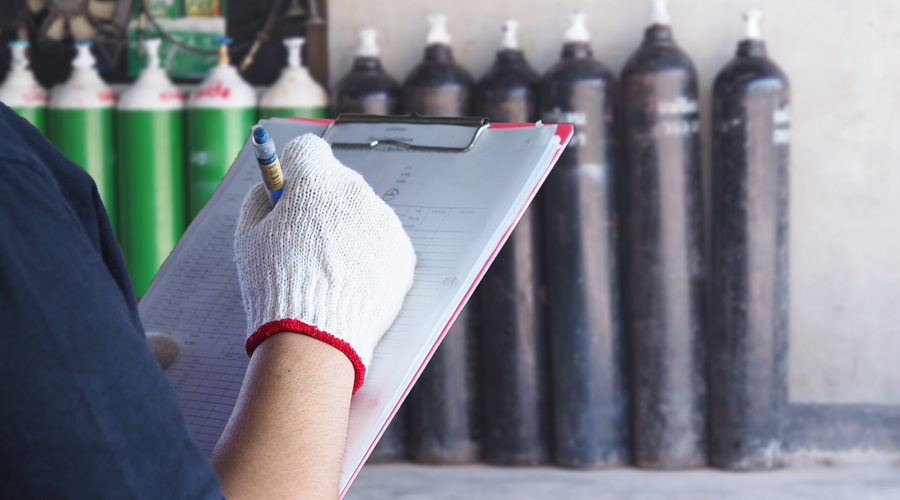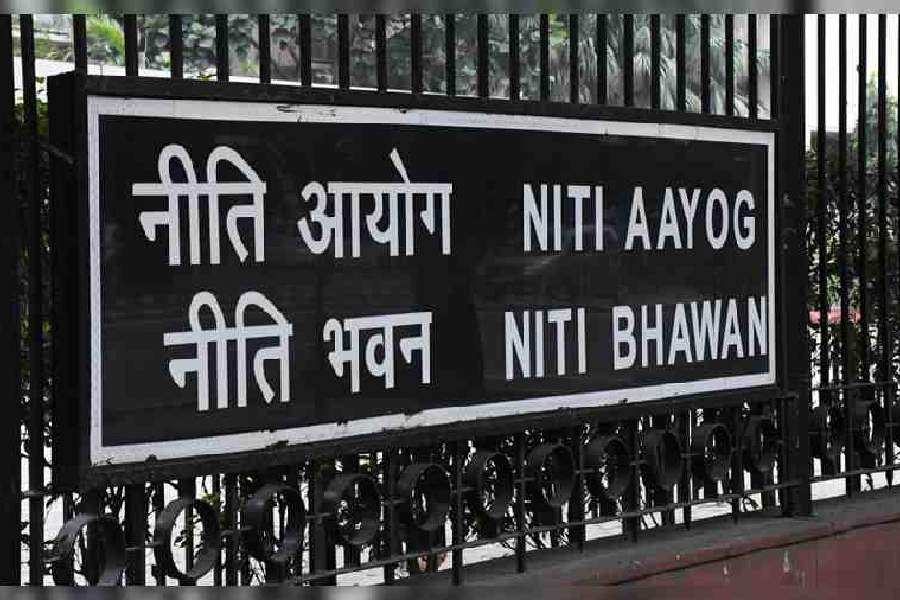Linde India, the largest producer of industrial gas in India and the world, has called for building liquid oxygen storage plants in hospitals to meet the future surge in demand if a third wave of the Covid-19 pandemic hits India.
The company cautioned that installing PSA oxygen plants, some of which are being put up under PM Cares Fund, is not the “panacea” to tackle the future surge and advised complementing them with liquid storage facilities deep down to the district level as an effective solution.
“Just a word of caution…PSA is not a panacea. It is a machine that produces oxygen of a particular grade. It cannot take care of any surge demands,” Abhijit Banerjee, managing director of Linde India, said.
After being grossly under-prepared to anticipate the surge in demand of medical oxygen (MO) during the peak of the second wave of the pandemic in May, the Centre as well as various states are now trying to enhance the capacity of MO in the country. The PM Cares Fund has released funds to set up 551 such PSA units.
Banerjee pointed out that there have been instances in the past when oxygen generation through pressure swing absorption (PSA) plants were found to be unreliable. They were either producing less than the rated capacity or oxygen of purity below Indian medical standard. The plants, which require rigorous maintenance, can also be rendered useless during power outage or unscheduled and scheduled maintenance.
“PSAs do reduce the base demand of liquid oxygen to an extent but they are not the end solutions. We have been telling the governments and hospitals to enhance liquid storage capacity,” Banerjee said during a virtual interaction organised by the Bengal Chamber of Commerce and Industry.
Linde, which emerged as one of the largest suppliers and facilitators of MO during the second wave, has also urged governments to change the rules for setting up storage plants. The safety requirements are now obsolete and not prevalent in many parts of the world. Apart from limiting the storage capacity, they also prevent many hospitals from having them in their premises.
Before the pandemic, the requirement of MO was about 800-850 tonnes per day (tpd) in India. In September-October last year during the first wave, the requirement went up to 3,000tpd. In May, the all-India demand was a bit less than 10,000tpd.
Moreover, most of the installed capacities to produce oxygen were in the east while demand drove up in the north, south and west of India. It threw up a logistics challenge of quickly moving the MO to the region which needed it most. Supply of oxygen to industry was completely cut off, barring a few exceptions.
Corporates such as Tata Group and ITC Ltd has partnered Linde, procuring ISO containers from overseas markets on rent and airlifted them to India for faster supply.
These 20-tonne containers were then filled up and put up on Concor rakes to reach destinations faster than the road network and thereby increasing supply.
Learning from the experience, some of the states are also setting up cryogenic air separation plants. Banerjee, however, noted that viability gap funding from the governments may be needed as the quantum of oxygen needed for a hospital or even a cluster of hospitals is not big enough to commercially justify investment in a cryogenic air separation plant.










